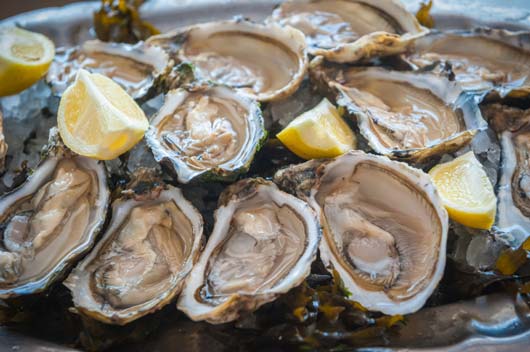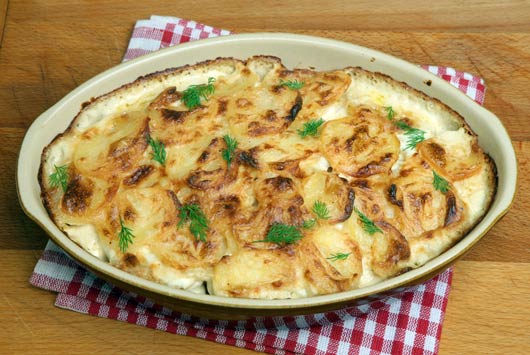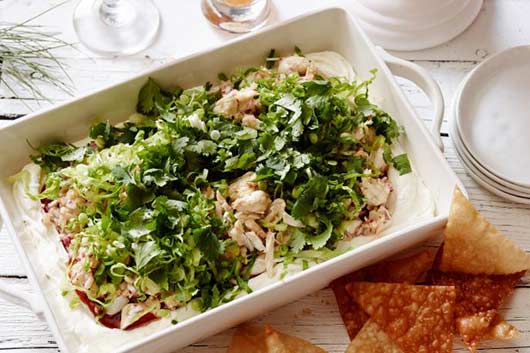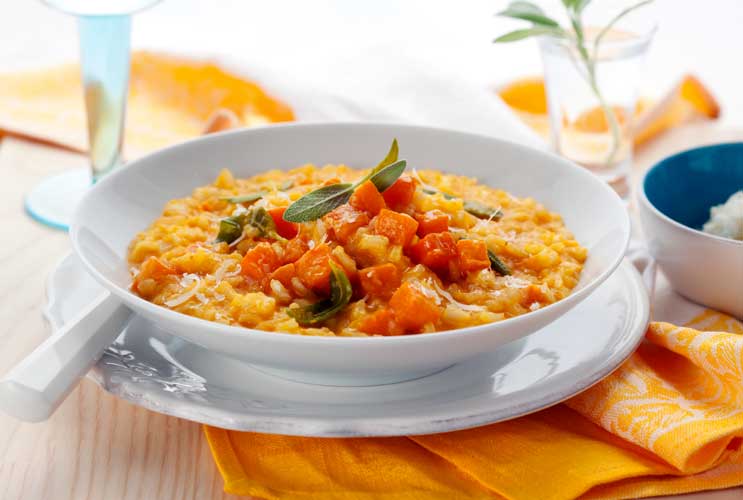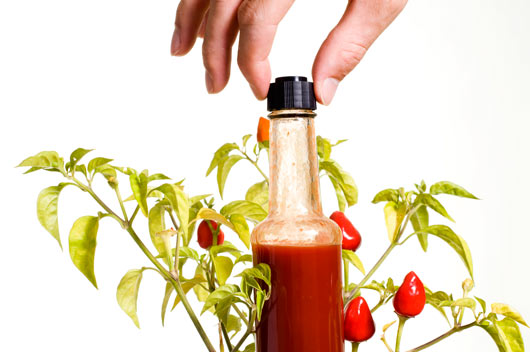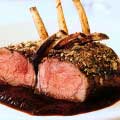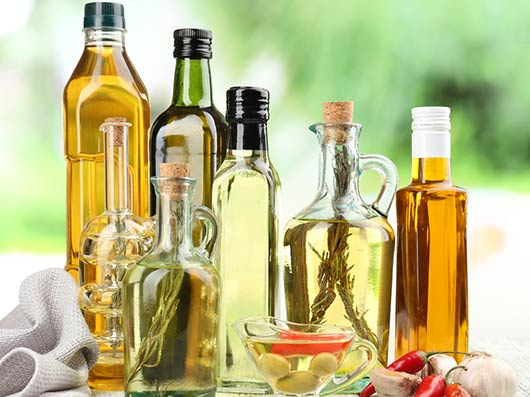
Have you ever opened your pantry and felt confounded by what oil to use? If you love to cook (or maybe you just love to eat) then your kitchen is likely stocked with all the ingredients you need to whip up a delicious meal. Every seasoning, every herb and every type of oil one could imagine has a place in your kitchen cabinets. But loading up on the goods isn’t always the complicated part—it’s knowing which ingredient to use and when that can get challenging, especially when it comes to cooking oil. Now before you shrug or turn up your noise and declare “I don’t use oil, old is bad for you!” hear us out. Here’s a breakdown on what oil to use when.
Not all oil is bad oil, and when consumed in moderation it can actually be good for you. As Livestrong reports, according to a recent study conducted in São Paulo State University, Brazil, and published in the October 2010 issue of the Nutrition Journal, “the intake of vegetable oil, particularly olive oil, may increase metabolism in obese people.” In addition, certain oils are known to have antioxidants and the ability to reduce inflammation. Beyond that, The American Heart Association argues, “all fats are not bad. In fact, replacement of bad fats, like saturated and trans fats with monounsaturated and polyunsaturated fats, is better for our hearts.” In other words, you can go ahead and cook with that olive oil or coconut oil, and don’t bother stressing about it.
So now that you have our permission to break out the oil, which one should you choose? From coconut oil to sesame oil to cooking spray, there are a lot of options. Here’s a quick breakdown of the best uses for the most popular cooking oils, so you can prepare delicious dishes that are full of flavor, whether you are sautéing, frying or baking.
Read Related: Soothe Operator: 12 Great Essential Oil Uses
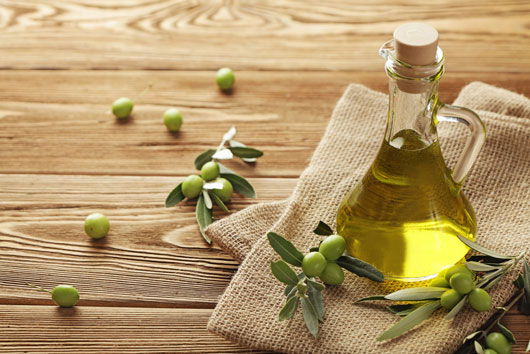
Olive Oil
You often see olive oil in Mediterranean and Italian dishes, which is part of why those foods are so damn tasty. This oil, which comes from olives (hence the name), is full of rich flavor and can be used for everything from sautéing to searing to making salad dressing. It’s great for cooking and it’s even better when drizzled over your dish for a little extra indulgence. Extra virgin olive oil (which you get when the olives are first pressed) is a little darker in color and richer in flavor, plus it’s loaded with extra antioxidants—a major plus! And since this oil is known to lower bad cholesterol and boost good HDL, you can use it without worrying about the repercussions for your health. Just use in moderation; remember it’s still a source of fat and calories.
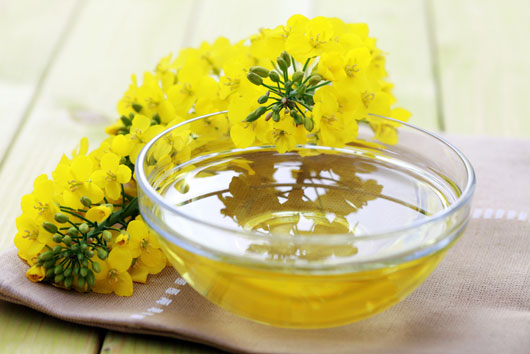
Canola Oil
This oil is much more mild than olive oil, which means it’s also more versatile. You can use it to sauté or fry, but also for marinating and especially for baking. It’s a great staple to have in your pantry because you’ll probably use it a lot over time. And this oil has a medium-high smoke point, which means it can stand high oven and stovetop temperatures. According to Dr. Oz, “you never want to let oil get so hot that it starts smoking. Not only is the oil then unusable, but the smoke that’s produced when oil is overheated contains harmful chemicals that you don’t want to be breathing in.” It’s important to take this into account when selecting your cooking oil, and the higher the smoke point, the safer bet it is for cooking.
Vegetable Oil
Another basic ingredient that should be available in any kitchen is vegetable oil, which is typically made from corn, or some combination of corn with sunflower seeds and soybeans. Again, it’s mild and has a high smoke point so it’s great for all sorts of baking (you probably use it for cake and cupcake mixes) as well as baking and frying. Plus oil from corn and soybeans is high in Omega-6, so it’s loaded with some additional health perks. Always a bonus when it comes to cooking!
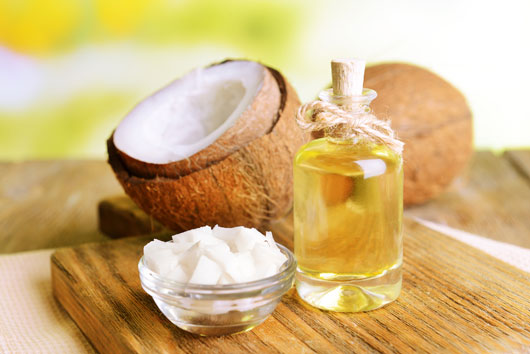
Coconut Oil
There’s been a lot of buzz recently about coconut oil, which is known to have a VERY high level of saturated fat. That said, it’s also loaded with healthy fatty acids that can improve your health by boosting brain function, lowering blood pressure, fighting harmful bacteria and viruses, and burn more fat. And it can be used in a wide variety of recipes including baked goods, stir fry and marinades. Here are some delicious coconut oil treats to get you started.

Peanut or Sesame Oil
Typically used in Asian recipes and peanut and sesame oil are both great for sautés and stir-fries. They both taste nutty (they are made from peanuts or sesame seeds) and they can really add a dose of flavor to marinades, sauces and dressings, in addition to being used as a base for cooking.
Cooking Spray
If you aren’t so into the idea of cooking with oil, or you’re trying to use it sparingly (power to you) then there’s always the option of using an all-natural cooking spray. As Food Network tells it, according to Dana Angelo White, MS, RD, ATC, registered dietitian, in a piece for The Food Network, swapping cooking oil for cooking spray can definitely cut calories in your recipe, which is a perk if you’re looking to manage your weight. She adds that while “many brands use actual oils (such as olive and canola) as the primary ingredient, others rely on other types of oil and artificial flavorings–check ingredient lists on your brand of choice.” The key to making cooking spray work for you is to make sure it actually contains oil (and not preservatives or artificial ingredients) and use sparingly when needed. But remember: cooking spray will never taste as good as cooking oil, so be careful you don’t compensate for that lack of flavor but over-doing it with salt, which can be bad for your health in other ways.

